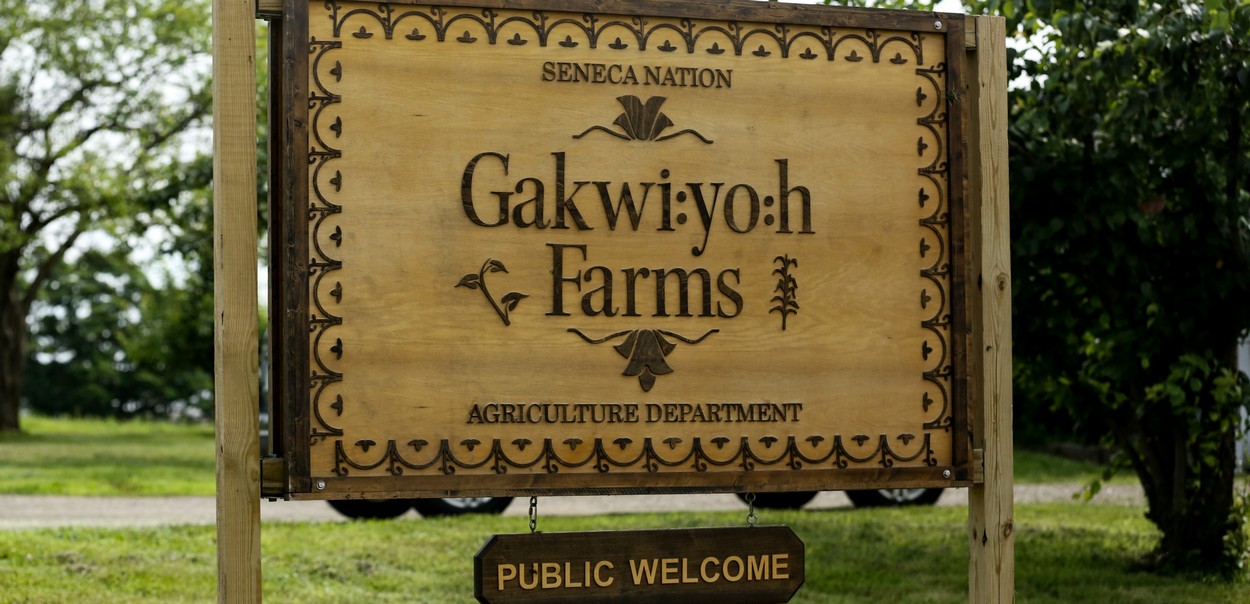NY Highly Pathogenic Avian Influenza Outbreak
Uncategorized
March 8, 2022
USDA APHIS, recently detected an incursion of Highly Pathogenic Avian Influenza (HPAI). Because this is a serious concern, we are notifying many of our partners and the agencies we regularly collaborate with to provide what we know about the situation. As of right now, we have three confirmed outbreaks in New York: Dutchess, Suffolk, and Ulster Counties. We also have numerous confirmed cases in wild birds as well as in neighboring states along the East Coast.
Highly Pathogenic Avian Influenza (HPAI) is a highly virulent, high mortality disease in many species of birds, including poultry. Flock infections are often due to spillover from infected wild birds that may or may not show symptoms. Some cases have additionally been traced to movement of people and equipment from infected areas to non-infected areas. While the human health risk is currently believed to be low, we are highly encouraging people who may handle birds to use some of the following best practices:
In order to maintain human and avian health, frequent hand washing and good biosecurity practices are recommended. This includes:
- If possible, change clothes and shoes when interacting with your flock. If not possible, disinfecting or washing shoes before and after entering areas with poultry is acceptable. The virus is easily deactivated by most disinfectants including Lysol Spray.
- Limit any potential for wild bird exposure. This includes keeping flocks inside as much as is reasonable, deterring wild birds from the area, and not feeding wild birds in the same area as your flock.
- If equipment will be moved in or out of where poultry are located, including shovels or rakes, it is best to clean and disinfect these as well before each use.
Signs of sickness to watch out for includes:
- Reduced food and water intake. With the current strain circulating, we’ve noticed in particular one of the very first signs is decreased water intake.
- Respiratory symptoms including difficulty breathing, runny nose, and discoloration of wattles, combs, and legs.
- Additional symptoms include tremors, stiffness, decreased egg production, diarrhea, circling, stumbling, and other neurological symptoms.
In addition to the information above please refer to the attached PDFs which go into more detail about symptoms and biosecurity. If you suspect any wild birds or flocks being raised locally are symptomatic, we can assist with testing.
If you have any questions regarding biosecurity, please let us know. We’d be happy to provide technical guidance to address any vulnerabilities with biosecurity including potential cleaning practices, disinfection options, wild bird deterrent methods, and we can discuss other strategies that are suitable to your needs. More information is attached and also available at USDA APHIS | Defend the Flock Program.



